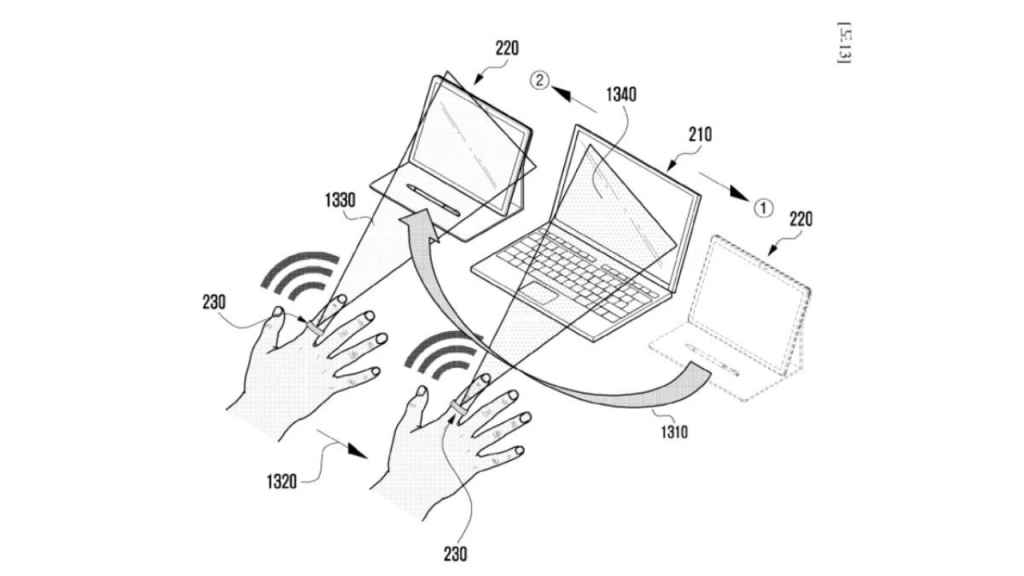
- Home
- Managed Services
- Cyber Security
- Blog
- About Us

We 365 Admin Support, just simplify your IT problems
Call for a free support. +91 96666 59505Platform Partnership
- Who We Help
- Shop
- Contact
- News





HIGHLIGHTS
Table of Contents
ToggleRecently, Samsung filed a groundbreaking patent that suggests the company is venturing into the development of a smart ring capable of controlling multiple devices. As per preliminary reports, this wearables device is anticipated to establish a connection between multiple gadgets like laptops and tablets, allowing users to manage the displays of both simultaneously. However, all connected devices may need to operate over a shared wireless network.
The patent was made public by the World Intellectual Property Organisation (WIPO) on January 30 and reveals that Samsung is in the process of creating a ring-type device designed for interacting with various screens, including LCD, LED, and OLED technologies. Notably, the patent outlines three key components: an electronic device, a second electronic device, and the ring input device itself.
Also read: Google Pixel 8 gets Rs 27,000 discount on Flipkart: Check deal details here
A schematic shared with WIPO illustrates the operation of three devices: two laptops or tablets alongside the innovative ring-type input device. The functionality begins with pinpointing the location of the ring. Utilizing this positional data, the ring can then control the displays of one or more electronic devices nearby. Consequently, the screens will respond based on the ring’s relative position—thanks to advanced sensors tracking movement, distance, and camera data.


In addition, the embedded processors will intelligently modify the displays by analyzing sensor data, while supporting software will facilitate the synchronization of output based on the movements of the input device.
Such a system will enable comprehensive control over multiple displays, including managing display order, content layout, and streamlining screen transitions. Samsung seems poised to create a highly adaptive user experience, offering a blend of flexibility and intuitive interaction for screen layouts and content management.
Also read: Samsung Galaxy S24 Plus now available for under Rs 62,000 on Amazon: How this deal works